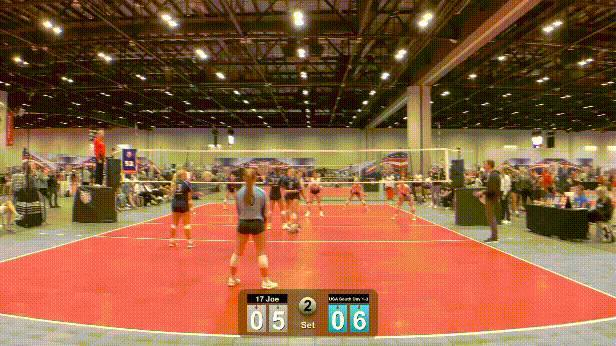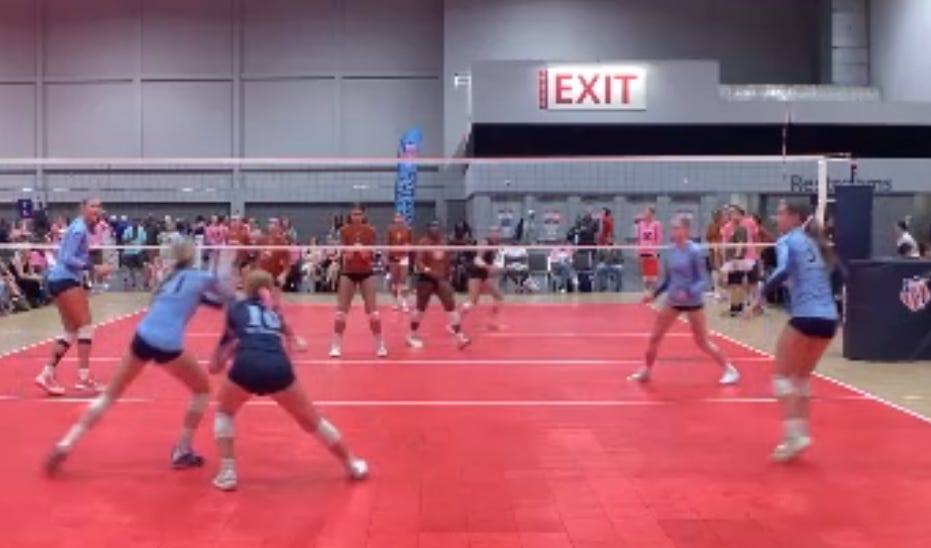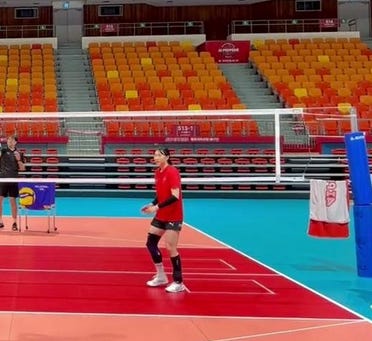SmarterVolley Systems - Sideout Mechanics Part 1
Setter Entries
Announcement: I’m doing another webinar with Nick Del Bianco! His earlier session was one of the most popular SmarterVolley sessions of all time. I’ll be hosting this session at 9:30pm Eastern (6:30pm Pacific) on September 22. Mark the date and come with some questions.
The fall is here and I’m shifting to a systems focus. What do I like to teach from a systems perspective? How do these systems work at different levels — high school/club, NCAA, pro, etc.?
This article series is probably the most detailed and technical non-statistics-related article series I’ve ever put together. If you’ve been a free subscriber and have needed a push over the edge to subscribe, this would be a good time!
Another note: these articles are long, and very video-heavy. There’s a lot of example video here. Sometimes that causes them to get laggy in your email app, so you might want to click the article title above and open in your browser.
And final note: I like to use clips from men and women, pro/uni/club/school, etc to illustrate concepts. Sometimes the idea is the same between a high school girl and a pro guy and the only difference is the power and level of execution. Sometimes the principle is the same but there are important tweaks that are necessary between different levels. I use some clips from teams that I’ve coached, some clips from teams that I didn’t coach but know their systems, and some clips from teams that I only know via video. So don’t take it that when I show a clip of a team that they use the exact same terminology, teaching points, etc that I do.
SmarterVolley Systems Series Articles
Push
Pull
Pull Part 2
You could argue that this article is not going to be systems as much as it will concern mechanics. In my Organization - Mechanics - Skill framework, this SmarterVolley Systems article series will focus mostly on the Organization aspect. However, sometimes what you want to do from a systems perspective relies on your players having certain mechanics in place. The last two articles went heavily into how we want to attack the center of the court and then play off of that. In this article, I’ll break down some of the things that I need left and right-side attackers to be able to do, in order to make this in-system and/or semi-system stuff work.
Sideout Mechanics
The fundamental challenge of sideout offense is that you have to prepare to receive serve and then attack the ball. The preparation to receive serve requires that your players stand in some places while the serve is being initiated and those places are not always the places that are ideal for attacking. Hence, we need mechanics and footwork that allow us to move between our reception positions and our setting/attacking responsibilities.
Here’s the stuff we want to get in place
Setter Entries
Middle Entries
Left-Side Pass/No-Pass Footwork
Right-Side Pass-No-Pass Footwork
At certain levels, Pipe Pass/No-Pass Footwork become important as well.
(Originally I wanted this post to include everything but… I’m 2000 words deep just on setter entries so this is going to be a multi-parter within a multi-parter. Enjoy!)
Setter Entries
Specifically, Setter-1 and Setter-5/4 are critical. Interestingly, the higher the level, the less important this is. Setter entry is one of the few things where high schoolers need to be better than the pros. Even before the recent rule change codified setter entry on toss at the pro level, things were loose. But for many of you coaching high school or club, you’re dealing with refs dying to blow the whistle if you’re a hair overlapped. For example, here was an actual overlap call made at Nationals.
Yes, #21 did technically leave a little early for her blocking position. But seriously, we’re calling that?1
So, you need to have some ways to help your players deal with that. The above example is a serving-team example, but it obviously is a big issue you’ll have when dealing with refs in sideout situations. You have to prepare setters to release as quickly as possible while also avoiding getting called for overlaps.
Setter-1 Entry
I’ve done an article about this previously. Read that article as it shows some nice examples of collegiate setters with similar but slightly different releases. For this series, I’ll show some examples from club kids I coached this past season to be relatable for the type of player most of you reading this are coaching.
I am going to tailor this for your “normal good” type of high school/club kids. Meaning, we are coaching players who are effective in high school and club and probably have aspirations to play in college, but we’re not dealing with professional-level athletes. The reason I make this distinction is that, while the principles are the same, there’s some things about the size and speed of professional athletes that slightly change some footwork and/or how they move in and out of stuff.
Okay, so normal good. Setter-1 release.
For me, this is about perfect. A few details that this player was coached on:
She hugs the sideline instead of crowding her zone 1 passer. (More on this below)
She has a specific routine established off the ref beckoning for serve. Notice she’s kidn of generally standing, watching, maybe saying something to her teammate. When the ref beckons for serve, she puts her left foot dead even with her zone 1 passer (who is the front-row, position 2, outside hitter, pulled back in serve receive). This ritual allows her passer to get set first, ensuring that she can have her left foot as far forward as possible without being overlapped.
She’s going to go Right-Left-Right-Hopstop. More on this in a second.
She times her release such that her back (left) foot is coming off the ground right on serve contact. Here’s a screen cap of serve contact:
So that right foot has just barely come down and the left foot is juuuust barely starting to come off the ground. Tehnically by the barest, split-second application of the rule, this is an overlap. However, I find that this is right at the edge where it won’t be called. (I mean, it will essentially never be called by an unpaid ref, but this is Nationals with a paid down-ref)
I think this player was called 2 or 3 times for releasing early over 50+ matches all season, which I think is about the right ratio. If your young setters never get called for leaving early, I don’t think you’re teaching them to time the serve.
Important: You don’t start moving on contact. You have to start moving before contact because, as you can see above, there’s several frames worth of video, meaning a fraction of a second where movement is taking place but where the player isn’t really going anywhere and there’s even a slightly larger fraction of a second where movement is taking place, the player is moving, but they haven’t overlapped yet. “Fractions of a second” usually implies a lack of meaning, but when a serve goes from serve to passer in about 1 second, shaving 0.2s off your setter release means they are moving 20% faster. How many of your setters can afford to be 20% slower releasing out of serve receive?
As I said before, she goes 3 big running steps (Right-Left-Right) and finishes into a Hop-Stop. A Hop-Stop is just a balanced landing posture, similar to the split-step that some coaches love for defenders or passers. But here I’m not necessarily after timing things perfectly or some sort of cueing for my setter to react faster or anticipate earlier. Most setters move too early and get off-balance. And even here, she’s not perfectly balanced and her move for the ball isn’t perfect but to me that’s like… yeah she’s not a pro-caliber athlete and isn’t quite as smooth or as powerful as pro setters. But the general movement here is efficient. Here’s a freeze frame on passer contact:
Pretty good! She’s pretty balanced, pretty loaded (right leg is a little stiff, left-leg is in a nice acceleration position), her hands are coming to a semi-ready in case of fast/tight passes, etc. This is about what I’d like a setter to look like on contact.
This is also where I’d like the setter to be. Remember the hitting window?
When I can, I put tape down representing this attack window, and I find that’s also a hand reference for setters. You can see it here:
And I would say this club setter is right about on the back-inside corner off the box as she prepares to receive the pass.
Alright, since we’re really diving deep into details, here’s
Keep reading with a 7-day free trial
Subscribe to Smarter Volley by Joe Trinsey to keep reading this post and get 7 days of free access to the full post archives.





